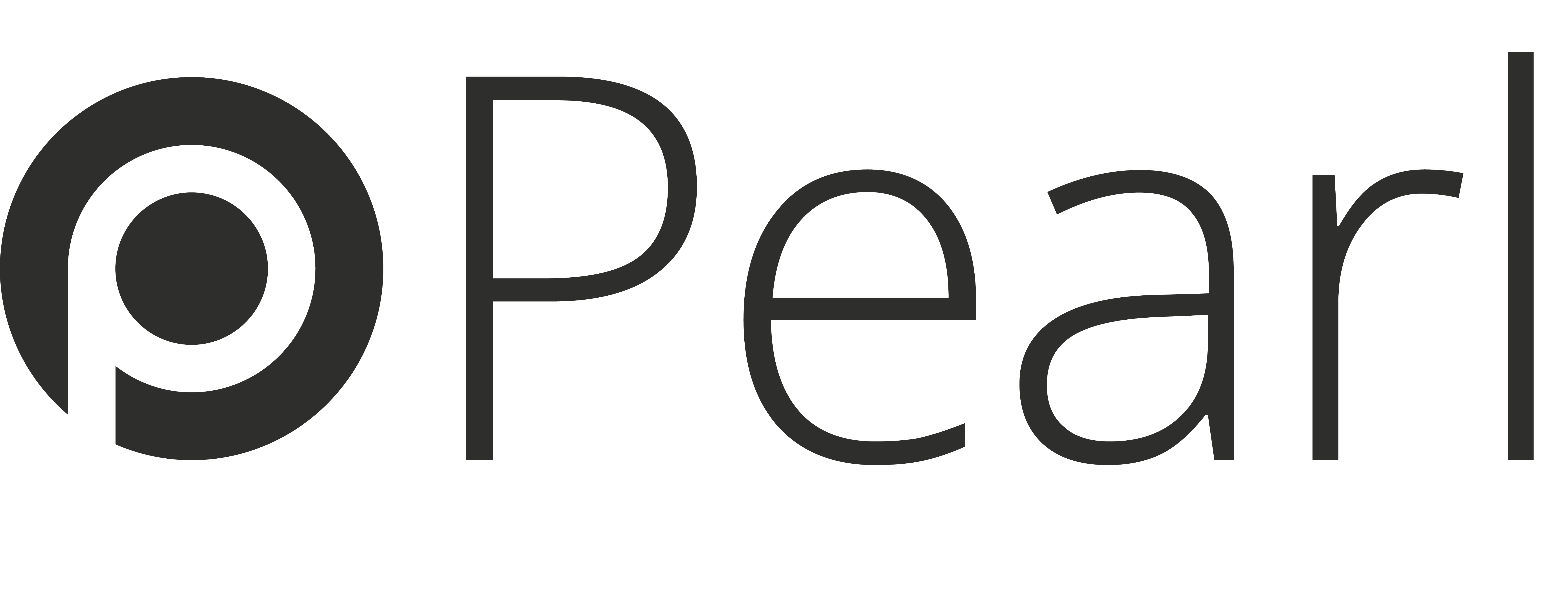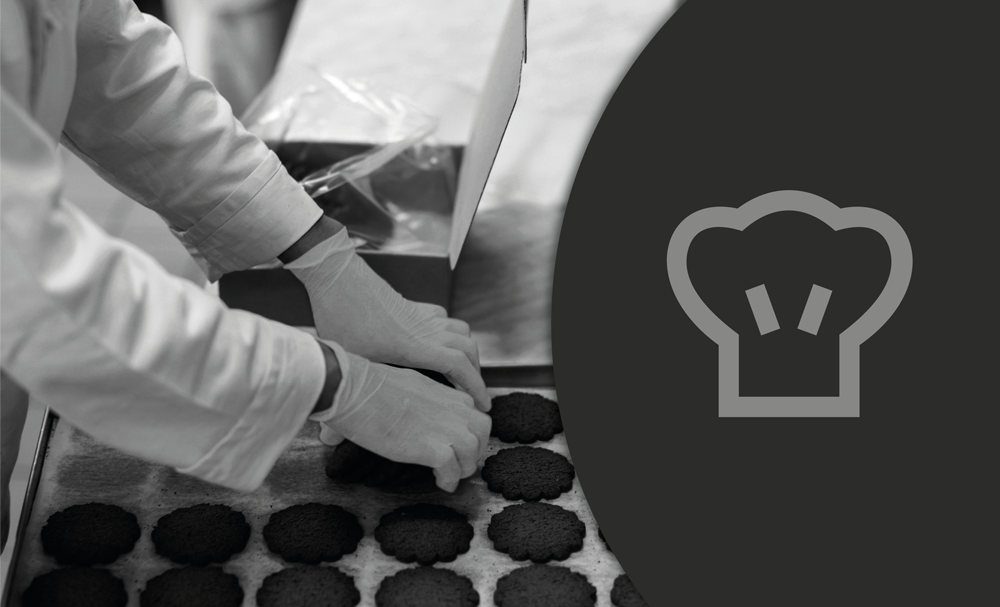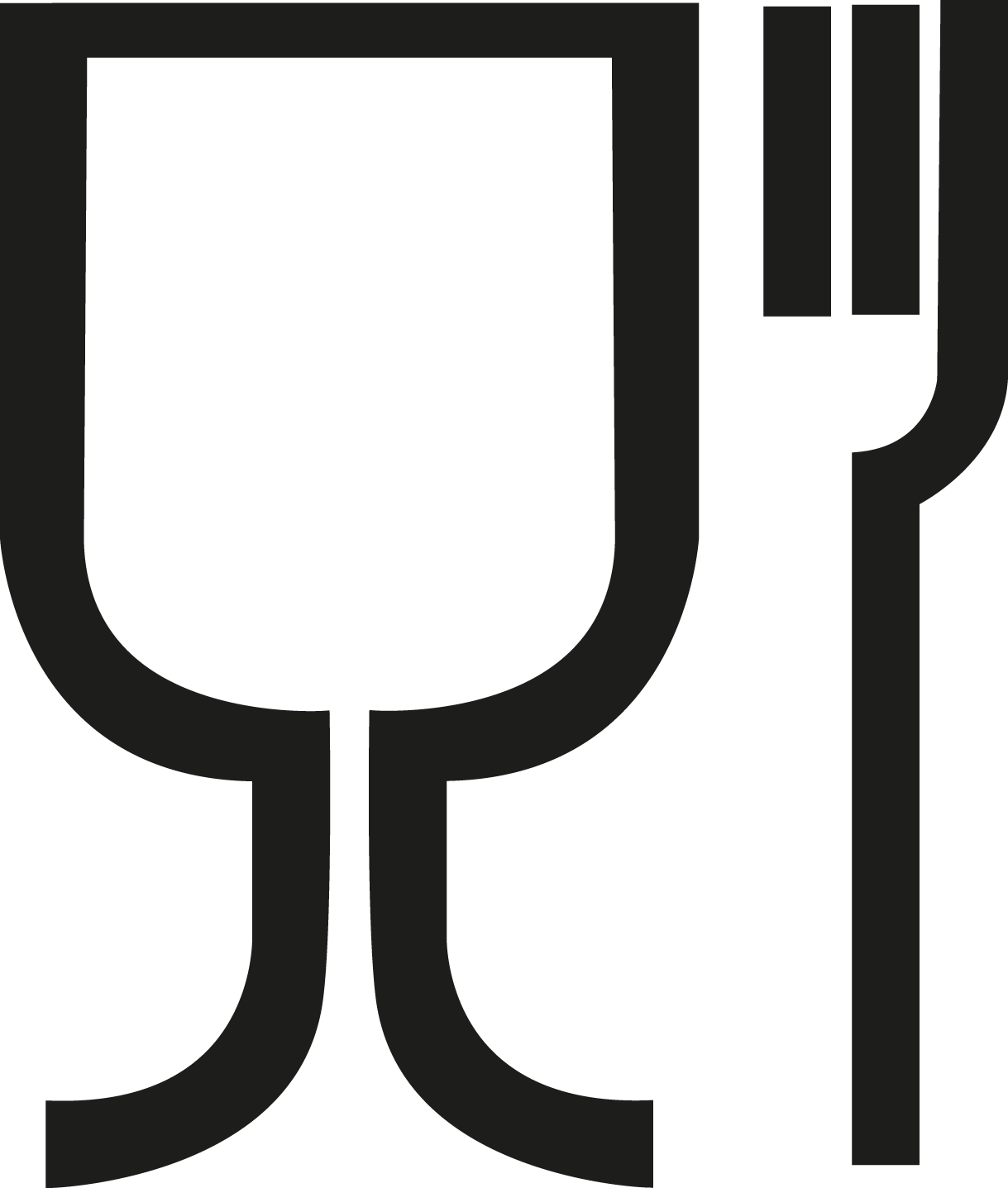How prevalent is food contamination in the UK?
Every day in the UK there are reports of bacterial contamination in our food, this week The Independent, through i News, has reported that leading supermarkets have issued an urgent warning due to fears a number of products may contain potentially fatal E. Coli.
Customers who have recently been shopping in Harrods or Tesco are being urged to avoid eating two products from Fromagerie Alpine due to the possible contamination of the bacteria.
Customers who purchased the affected products are being advised not to eat them, and instead return them to the store, where they will be issued with a full refund.
The same website recently published an article titled ‘Asda recalls own-brand cranberry and nut cereal bars over fears they could give you Salmonella’ going on to state the supermarket has warned customers who purchased the Cranberry and Nut Cereal Bars not to eat them, due to the risk that they could cause extreme food poisoning symptoms.
The UK’s Food Standards Agency (FSA) also listed this recall by Asda within the Food Alert section of their website.
To summarise, food contamination is prevalent in the UK and food companies are continually looking at ways to improve their processes, especially in the areas of food preparation, food handling and food service.
What does this mean for your customers in the food industry?
The responsibility lies with the food manufacturers and the consequences of a product recall are costly.
![]() Factory contamination of food and drink by pathogens and physical contaminants continues to present problems for the industry and relates to foodborne illnesses. The FSA’s ‘E. coli cross-contamination guidance’ includes the advice: ‘The use of separate identifiable or colour coded disposable gloves for different activities located in designated areas might assist with avoiding cross-contamination.’
Factory contamination of food and drink by pathogens and physical contaminants continues to present problems for the industry and relates to foodborne illnesses. The FSA’s ‘E. coli cross-contamination guidance’ includes the advice: ‘The use of separate identifiable or colour coded disposable gloves for different activities located in designated areas might assist with avoiding cross-contamination.’
The justifications are two-fold:
(1) gloves can be an effective barrier to decrease the transfer of microorganisms from hand to food
(2) compliance in preventing cross-contamination can be easily monitored.
However, gloves themselves can and do contribute to the problem of cross-contamination:
(a) food handlers often touch non-food contact surfaces (or other contaminated items like coins) in food preparation areas before handling ready-to-eat food
(b) likewise, when a food worker switches task while wearing gloves between handling raw foods and ready-to-eat foods without washing their hands and forearms properly, even a new pair of powder free gloves can be contaminated by pathogens transferred while removing the first pair of gloves.
How your food customers address risk in their business operations
WorldAware has cited that food companies dealing with RTE foods should consider the following aspects of their business operations:
Incoming Materials
Ensure that all incoming materials are free from contamination and have been purchased from a reputable supplier.
Facility Location, Design, and Structure
Consider the design and flow of the processing operation to ensure that it is conducive to delivering food products free from contamination.
Equipment Design
Understand the type and location of pieces of equipment throughout the production process as the equipment itself can contribute to issues controlling bacteria within the food facility.
Cleaning and Sanitation
Employ a well-established cleaning program to combat the potential threat of bacteria. Factors which require consideration include staff training, SOPs, chemical agents, and documentation of cleaning in accordance with pre-established cleaning schedules.
Equipment Maintenance
Schedule and record the cleaning (including wet and dry techniques), maintenance, and repair of all equipment.
Staff Hygiene
Train all staff, including non-food handlers, to follow good personal hand hygiene practices. Awareness of food handler activities which may give rise to the presence of bacteria must be highlighted as part of the staff training program. This is particularly important for workers employed in high-risk food areas.
How can we help food companies with their process improvements?
Colour-coding is often one of the steps companies take to improves their processes. When only a single glove colour (commonly blue) is used to handle all foods (ready-to-eat and raw) as well as all other tasks such as handling and emptying waste, cleaning equipment and facilities, cleaning restrooms, washing dishes, cleaning up bodily fluids, wearers often see gloves as a means to protect themselves from chemicals, dirt and food residues.
 When it comes to selecting the best food safe disposable gloves, Unigloves has the solution. Its Pearl range of food safe, disposable nitrile gloves offers the widest choice of colours – fifteen – compared to any other manufacturer in the UK.
When it comes to selecting the best food safe disposable gloves, Unigloves has the solution. Its Pearl range of food safe, disposable nitrile gloves offers the widest choice of colours – fifteen – compared to any other manufacturer in the UK.
There are five clear reasons for your customers to adopt colour-coding:
- colour-coding enables food handlers to experience a visual cue when wearing the raw colour/indicator gloves to remove the gloves before touching other surfaces or food;
- colour-coding of gloves enables visual monitoring of food handler tasks requiring separation of raw and ready to eat food handling;
- colour-coding provides managers with a corrective action to stop handling and to discard the food when improperly used which induces food handlers always to wear proper gloves;
- compliance with this cross-contamination prevention food safety management system can quickly be measured via third-party audits and monitored via self-assessment systems; and
- colour-coding provides for training and job aids to reinforce proper glove use.
It is important a colour-coding system is adopted; however, we can’t rely solely on gloves to prevent cross-contamination of foods from hands and surfaces. Hand washing and sanitising are other important steps that are listed in the FSA’s guidance.
How do you select the best food safe disposable glove?
Purchase quality gloves from a trustworthy supplier
The quality of food safe disposable gloves is determined by the quality of raw materials, manufacturing processes and quality procedures in place. Unigloves focuses on raw material quality, especially the key ingredients of natural rubber (used for latex gloves) and nitrile (vinyl gloves are becoming less common in the UK food industry). Our plants in Malaysia have ISO standards in place to ensure quality is consistent for our range of food safe disposable gloves.
Use the correct disposable glove for food safety
Disposable gloves intended to come into contact with food are subject to the regulations and standards for “personal protective equipment (PPE)” and they must also meet the specific requirements for food handling. Selecting the right protective gloves is easier once you are familiar with the gloves and pay attention to the respective labels.
In recent years, the EU has issued several directives and regulations in connection with food and gloves. EC regulation 2023/2006 relating to Good Manufacturing Practices for materials and articles intended to come into contact with foodstuffs. It governs, for example, the labelling requirements for the “glass and fork symbol” (pictogram for food contact), the traceability of materials and items to all levels and the availability of the relevant declaration of conformity. The main objective of this framework is taken from the European Food Safety Authority website with content as follows: “Materials and articles may not transfer to the food constituents that are harmful to human health, that result in an unacceptable change to the composition of the food, or that affect its organoleptic properties (e.g., smell, taste, colour) in any quantity under normal conditions of use.”
For more information click here.
Know the AQL of the gloves you purchase
The Acceptable Quality Level (AQL) is an internationally recognised quality standard designed to assess the statistical quality control of products such as medical protective, latex free gloves. Thus, measuring the % likelihood of pinhole defects in a batch of disposable gloves. An AQL result of 4.0 accepts the statistical probability that there are less than 4% of the products with defects in the batch of gloves. The most common AQL numbers in the UK and Europe are 1.5 and 4.0. However, you can also get 1.0 and 0.65 AQL rated gloves which are often used in specialist sectors such as microbiology labs, especially when chemical resistant gloves are required.
Include disposable glove usage in food safety surveys
The team at Unigloves are glove experts, and we offer your customers personal onsite surveys of their disposable glove (& industrial work gloves) usage and suitability across the site's workstations that require hand protection. The Unigloves Hand and Arm Protection Survey (HAAPS) is our personal service to help companies choose the best single use glove solution to improve their safety, productivity and cost performance.
Please get in touch
If you supply, or are part of the food industry, and are interested to learn more about Unigloves’ food safe disposable gloves range and how they can help combat cross-contamination, then please contact Unigloves Customer Service Team on 0800 049 6602 or email sales@unigloves.co.uk.



